Is There a Somewhere Over the Rainbow for Santa Barbara?
Economist Confab Concludes You Can’t Get There from Here
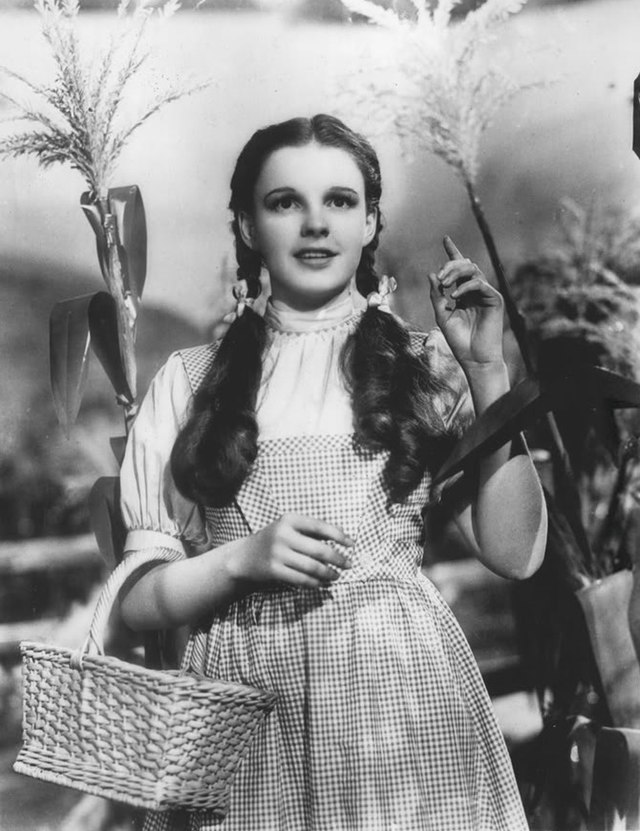
BEAUTIFUL AND TERRIBLE: Walking out of the very packed Granada Theatre last Thursday evening — where I’d just attended the 41st annual UCSB Economic Forecast Project’s annual group gripe on the state of Santa Barbara’s local economy — I heard myself mutter, “I don’t think we’re in Kansas anymore.”

I know that’s not precisely what Dorothy said in The Wizard of Oz, but still, close enough. I’d just spent a couple of hours listening to practitioners of “the dismal science” cheerfully explain how we can’t get there from here — when it comes to affordable housing. To the extent we tried, they told us, we only made things worse.
The Wizard of Oz has been very much on my mind of late, or more precisely its signature song, “Over the Rainbow.” Full disclosure: I think this song should become our new national anthem. If it doesn’t make you cry, chances are you’re a zombie. Would you rather sing, “Someday I’ll wish upon a star,” where dreams actually do come true, or more of the same old “Bombs bursting in air” noise?
Here’s the other thing: It’s an immigrant song. The music was written by Harold Arlen with lyrics by Yip Harburg, both sons of Jewish refugees who fled violence in Europe — a demographic very much reviled by polite Anglo-Saxon society at the time. No wonder their “happy little bluebirds” needed to fly so far “beyond the rainbow.”
A digression, I know, but a meaningful one.
These economic forecast summits are pleasant, high-octane affairs held for, of, by, and about Santa Barbara’s high-octane real estate interests and the financial institutions that keep them going. The reigning Wizard of Oz at these events is Peter Rupert, a smart, funny, breezy, likable guy despite the fact that he happens to be an economist. But like me, Rupert is showing signs of brittleness.
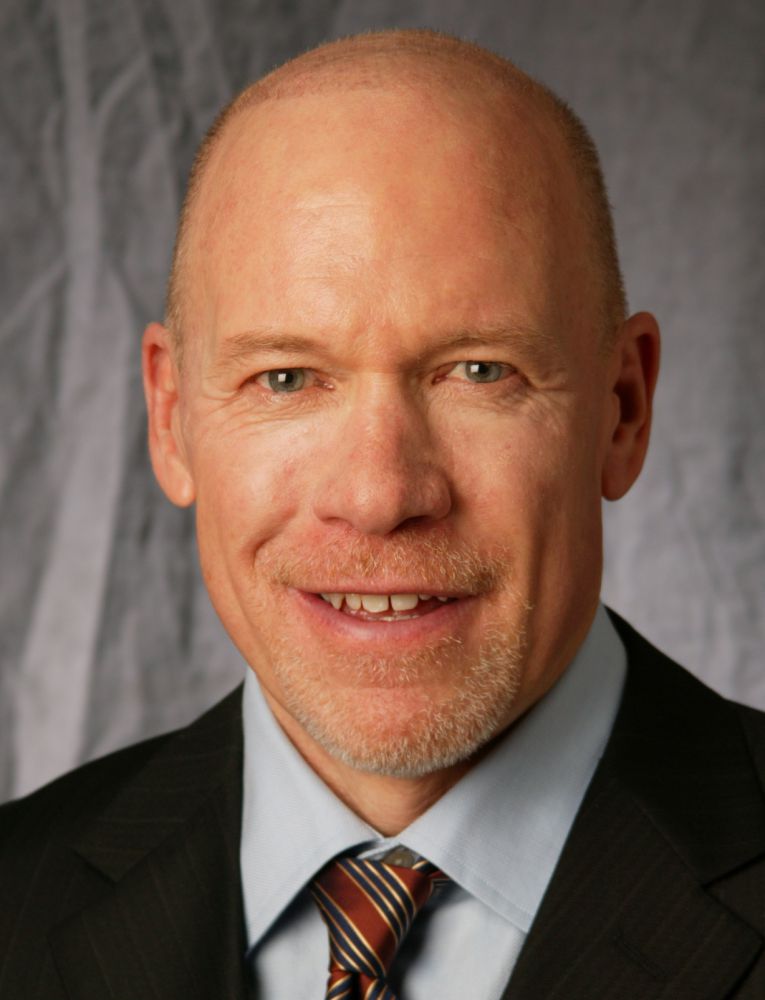
Rent control, he proclaimed, inflicts more damage on a city than all the bombs Hitler dropped on London. A dramatic line, no doubt, but one we’ve heard too many times. Minimum-wage laws should be abolished, he said, because they create unemployment. That barista you like to say hi to, he predicted, will be replaced by a robot if the minimum wage keeps going up. Really?
Lastly, the audience was told that inclusionary housing requirements — making landlords provide a few token units of below-market housing in exchange for incentives that allow them to build far more units than present zoning would otherwise allow — just don’t work. They make things worse. Instead, the answer to the housing crisis is for local government to just get out of the way, accelerate the design review process, provide even more incentives, and shut up when all the new housing produced is grossly unaffordable.
For every economist who agrees with Rupert, there are others who argue just the opposite and have statistics to back it up.
Admittedly, I am unfair about economists. They three-card monte us with charts and graphs not even they can understand and act as if this makes them scientists. In reality, they’re mystics and crackpots who worship at the God of the Invisible Hand while preaching the gospel of Supply and Demand.
The answers you get depend on the questions you ask. I know because I’m in the question-asking business. Have any of these economists studied why rents keep going up and up and up in Santa Barbara even though we’ve experienced the biggest building boom of new rental housing ever in the past 12 years — thanks to the density incentives City Hall threw at developers’ feet?
What happened to supply and demand? How much high-end housing must be built before rents start to soften because of another mystical theory known as “Supply Side Economics”? A fat cat banker once explained that to me as “feeding the horses to feed the sparrows.” Are you a horse or a sparrow? And if so, what are you eating?
Have they ever studied why State Street rents never seem to come down either even though more than 15 percent of State Street frontages are now vacant? (And that doesn’t include the pop-up businesses where you can pet cats.)
Have any of these economists explored what would happen if the Santa Barbara Foundation — which sits on zillions of dollars (not a precise number) of inherited wealth — extended below-market construction and rehab loans to landlords and developers in exchange for price breaks sufficiently meaningful to have an impact on rents? To the extent money is lost, could such losses be claimed by the donor-investors as tax breaks?
I bring up the Foundation because six months ago, it held a bells-and-whistles press conference to announce it would be attacking the housing crisis headfirst and feet-first.
Yes, the cost of capital has doubled in the past few years; that’s a reality that can’t be simply wished away. Same with the cost of materials and costs of construction. State building codes are similarly stubborn. But since this is the UCSB Economic Forecast Project, maybe some creative problem solving would be in order. Maybe the vast investment pools of the UC system can be diverted to capital-A affordable housing development. Instead, we get more nothing-can-be-done handwringing that leaves everyone but the already affluent out in the cold.
Will we ever get back to Kansas? If we click our heels together three times, will we be able to get back home? Is there a rainbow somewhere we can get over? No wonder that song makes me weep.


‘Over the Rainbow’ songwriters Yip Harburg (left) and Harold Arlen | Credit: Wikimedia Commons
Premier Events
Sat, May 25
9:00 AM
Summerland
The Wellness Event
Sat, May 25
11:00 AM
Santa Barbara
Mosaic Makers Market
Mon, May 27
11:00 AM
Santa Barbara
PCVF Memorial Day Ceremony
Thu, May 23
7:00 PM
Carpinteria
The Carpinteria High School Muses Present “The Wizard of Oz” Musical
Fri, May 24
11:00 AM
Santa Barbara
Discussion: Misogyny, Racism & Violence at UCSB: The IV Killings 10 Years Later
Fri, May 24
7:00 PM
Santa Barbara
SBHS Annual Spring Dance Concert 2024
Sat, May 25
3:00 PM
Santa Barbara
Canary Hotel Rooftop: Suns Out Buns out with LeFunk Sounds
Sat, May 25
8:00 PM
Carpinteria
Rich Tell Presents: The Thom Rotella Band
Sun, May 26
11:00 AM
93103, Santa Barbara, CA
Memorial Day Weekender PJ Brunch!
Sun, May 26
12:00 PM
Santa Barbara
Market at Pali Wine Co
Mon, May 27
11:00 AM
Santa Barbara
PCVF Memorial Day Ceremony
Wed, May 29
7:00 PM
Santa Barbara
One Night Only San Marcos H.S. Jazz
Thu, May 30
7:30 PM
Isla Vista
UCSB Wind Ensemble Spring Concert
Sat, May 25 9:00 AM
Summerland
The Wellness Event
Sat, May 25 11:00 AM
Santa Barbara
Mosaic Makers Market
Mon, May 27 11:00 AM
Santa Barbara
PCVF Memorial Day Ceremony
Thu, May 23 7:00 PM
Carpinteria
The Carpinteria High School Muses Present “The Wizard of Oz” Musical
Fri, May 24 11:00 AM
Santa Barbara
Discussion: Misogyny, Racism & Violence at UCSB: The IV Killings 10 Years Later
Fri, May 24 7:00 PM
Santa Barbara
SBHS Annual Spring Dance Concert 2024
Sat, May 25 3:00 PM
Santa Barbara
Canary Hotel Rooftop: Suns Out Buns out with LeFunk Sounds
Sat, May 25 8:00 PM
Carpinteria
Rich Tell Presents: The Thom Rotella Band
Sun, May 26 11:00 AM
93103, Santa Barbara, CA
Memorial Day Weekender PJ Brunch!
Sun, May 26 12:00 PM
Santa Barbara
Market at Pali Wine Co
Mon, May 27 11:00 AM
Santa Barbara
PCVF Memorial Day Ceremony
Wed, May 29 7:00 PM
Santa Barbara
One Night Only San Marcos H.S. Jazz
Thu, May 30 7:30 PM
Isla Vista


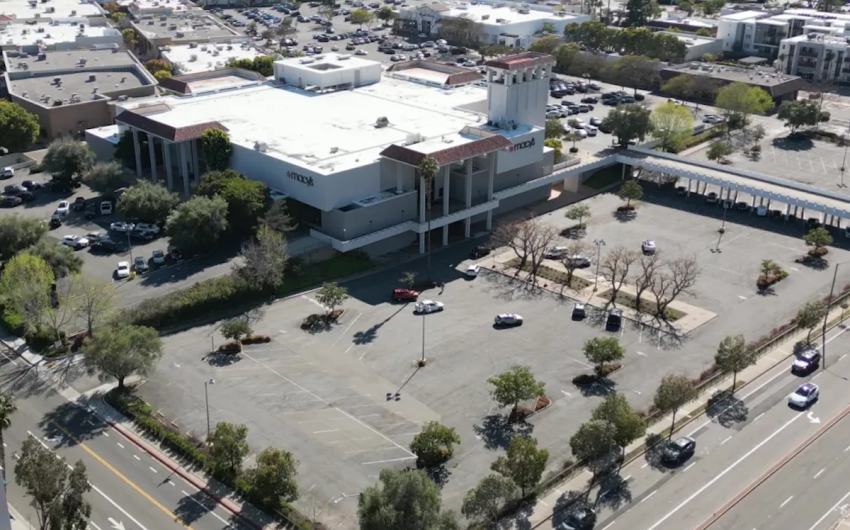
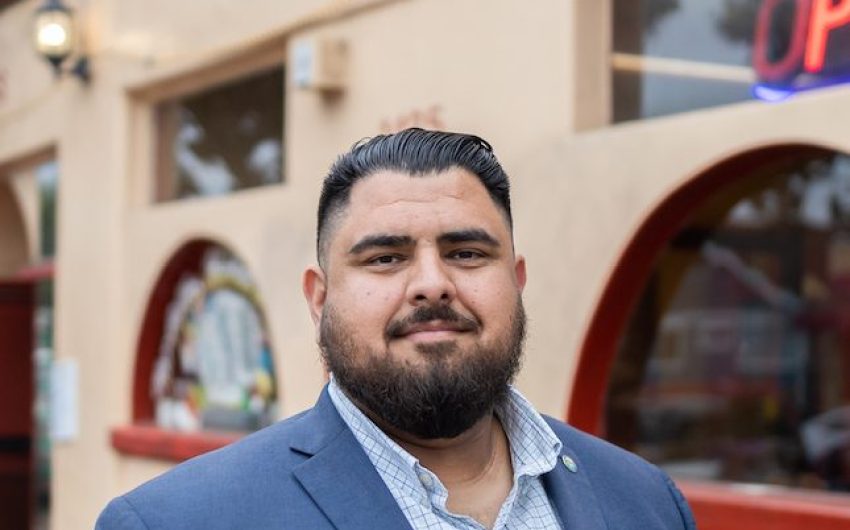

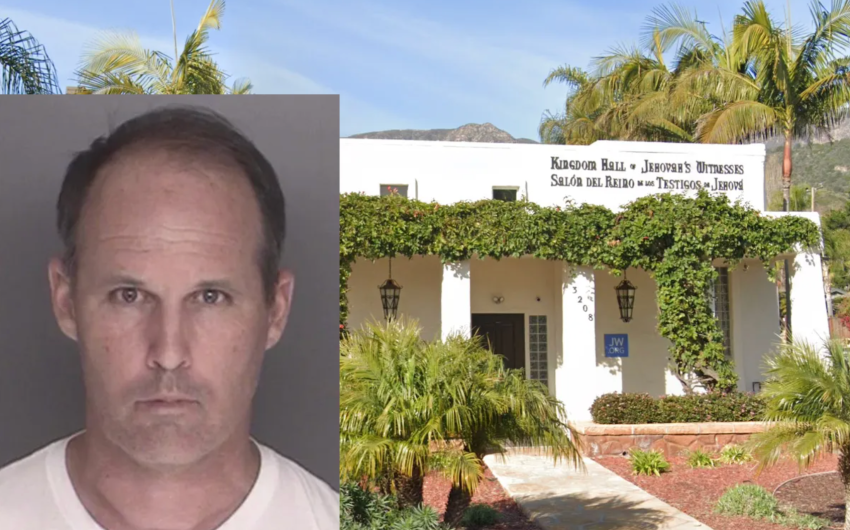
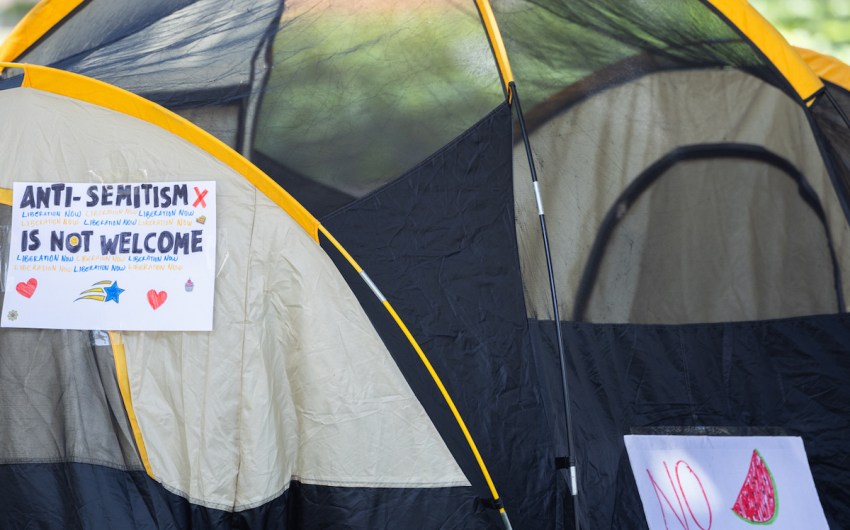

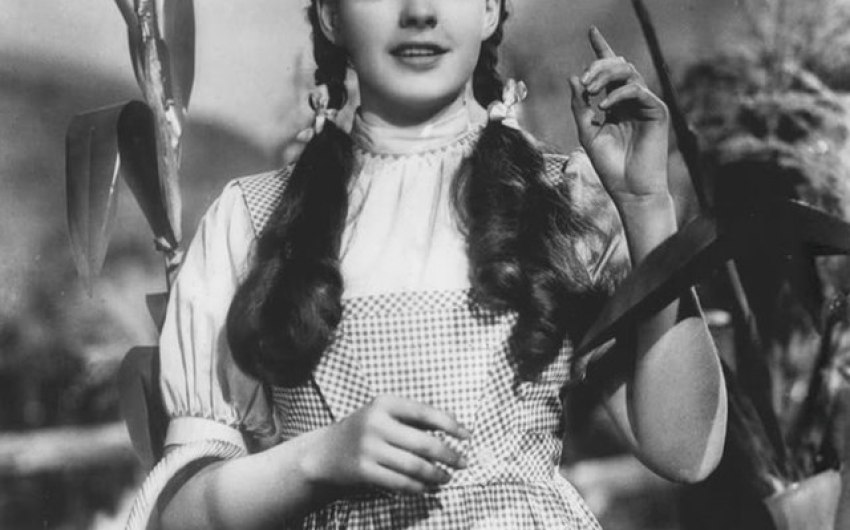
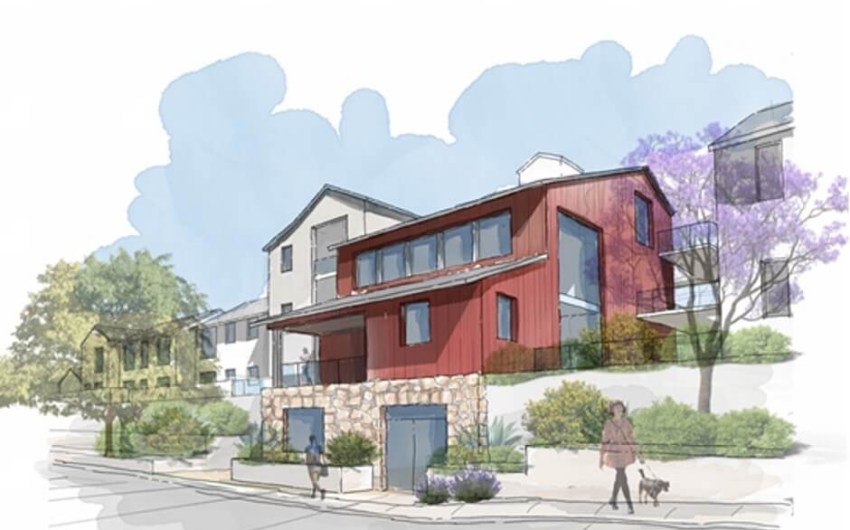


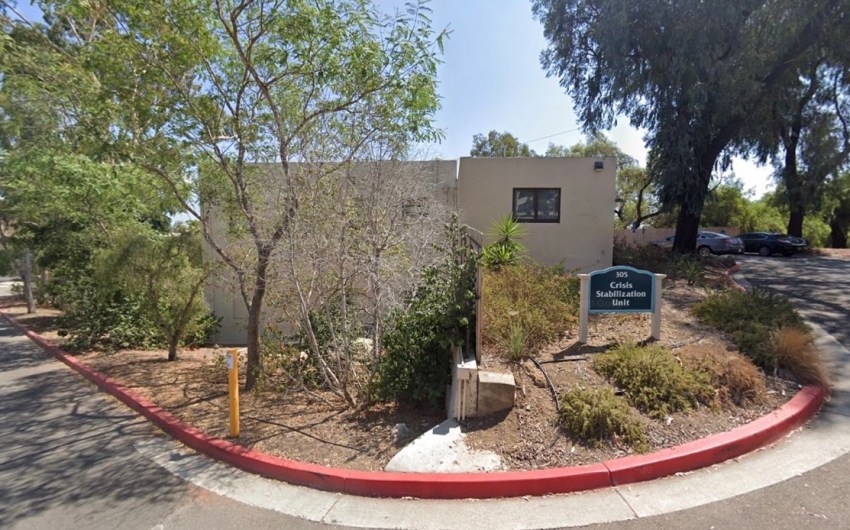





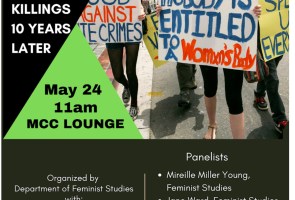






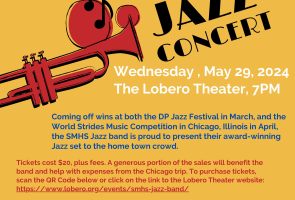
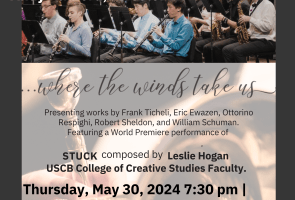
You must be logged in to post a comment.